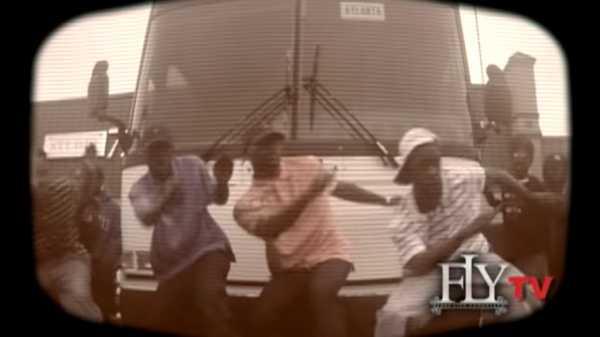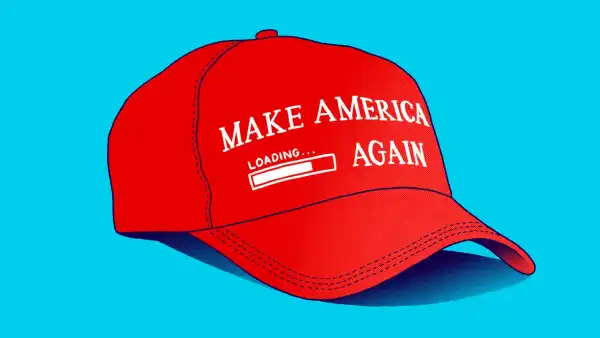
The first time I can vividly recall Swag Surfin’ was during Howard University’s inauguration ball for President Obama. That occasion, which would have been in January of 2009, doesn’t align with the official release date of “Swag Surfin’ ”—March 22, 2009—but the song had been circulating on mixtapes and in clubs for months at that point. On this particularly festive day, though, I remember linking arms and shoulders with the people in the room, all of us feeling dapper in our dresses and suits, and swaying side to side, back and forth, Swag Surfin’. In hindsight, I’m not entirely sure how we knew what to do; it was as though the synchronicity of the movement came preternaturally, or, perhaps, a few early adopters had learned the dance and led everyone else. What is certain is that Swag Surfin’ has embedded itself as not only a staple at Historically Black Colleges and Universities (H.B.C.U.s) but as a ritual within a long tradition of black people dancing publicly and proudly.
Dances in the aughts were a dime a dozen, encouraged by the advent of YouTube. The Stanky Legg, the Dougie, the Roy, the Jerk, and Whoop Rico—all came and went, but only one persisted. “Swag Surfin’ ” wasn’t as musically influential as Soulja Boy’s “Crank That,” an early catalyst (and commercial peak) for YouTube dances, or as timeworn as the Electric Slide, but it flourished in a space of its own, somewhere between the pervasiveness of those two. When Fast Life Yungstaz (or F.L.Y.) recorded the track, they were a largely unknown hip-hop trio from Atlanta, operating within a hybrid rap-rock subgenre known as futuristic swag—a melody-driven blend of trap rap, snap music, and rockerdom that included such acts as Roscoe Dash, Travis Porter, Rich Kidz, J. Futuristic (formerly known as J. Money), and Yung L.A. It was a time rife with some of the most gratuitous and carefree songs that hip-hop has ever produced. F.L.Y. were well suited to the style (see: their gloriously euphoric album cut “Party Time”), but they weren’t the biggest group; “Swag Surfin’ ” didn’t even crack the Top Forty. But they’ve outlasted their peers on the strength of that one jubilant single that exploded into a social phenomenon.
“Swag Surfin’ ” announces itself with regal synth horns and then crawls at a pace that seems far too slow for any sort of club anthem. A chime signals the chorus: “Man I got that swag,” it opens, the word “swag” stretching out for three paces. “My hat matchin’ my bag”—count another three on “bag.” By now, everyone within arm’s reach of one another is touching and swaying, even though the bass hasn’t kicked in yet—and it won’t for another twenty seconds. “Swag Surfin’ ” was the song that we needed to capture all the bliss of the earliest days and months of the Obama era. Even the lyrics echo the positive energy of the moment, detailing a parade of fresh outfits flanked by a bevy of attractive people and friends. No one is fighting or being policed or dead; everyone is just fly and feeling as good as they look.
Dance—like food, fashion, and slang—is a cultural artifact, passed around and down as proof of existence. It’s often impossible to place the exact occasion when you learned a step, but scores of people are triggered to Electric Slide within seconds of hearing Frankie Beverly and Maze’s “Before I Let Go” or Cameo’s “Candy.” College, and especially H.B.C.U.s, can be a ground zero for the exchange of these sorts of relics. Many of us arrived already knowing, for example, DJ Casper’s “Cha Cha Slide,” but Midwesterners shared an updated (and much more fun) version, courtesy of DJ Chip, and so that, too, becomes part of the lexicon. Every region has its own rhythms and dances: D.C.’s “beating your feet,” Baltimore’s “rocking off,” Chicago’s footworking, New Orleans’s bounce, to name a few. Then there are the new classic line dances, like the Cupid Shuffle and the Wobble, that seem somehow universal, devoid of their geographic specificity but part of the larger black collective memory. But, unlike those dances, which enjoy their own levels of ubiquity, it’s videos of a well-executed Swag Surf that get thousands of retweets, a spectacle every time, no matter how common.
So what’s so special about Swag Surfin’ then? Well, for one, it’s extraordinarily simple. There’s no defined routine or memorization—it’s largely stationary, all knees, hips, and shoulders. But, more than that, there’s something spiritual in the physical connection, of touching and agreeing, that no other popular dance requires. This is no spectator sport; you are compelled to participate by the inevitable grasp of the person next to you. There are no strangers when those horn blasts sound, only you and a crowd of people who have suddenly become your closest friends—your brothers and sisters. Even a decade later, the profound joy of people attached to one another and swaying, on beat and in perfect sync, is still a beautiful sight to behold. Whether at the club, a wedding, a graduation, or the White House, this song demands that you throw an arm around your neighbor, whether you know her or not, and rock—left to right, left to right—and affirm in one unified voice: “Man, I got that swa-a-ag.”
Sourse: newyorker.com






